 Duration
Duration
3 Dagen
 Delivery
Delivery (Online and onsite)
 Price
Price Price Upon Request
In this Advanced Architecting on AWS course, each module presents a scenario with an architectural challenge to be solved. You will examine available AWS services and features as solutions to the problem. You will gain insights by participating in problem-based discussions and learning about the AWS services that you could apply to meet the challenges.
Course modules focus on managing multiple AWS accounts, hybrid connectivity and devices, networking with a focus on AWS Transit Gateway connectivity, container services, automation tools for continuous integration/continuous delivery (CI/CD), security and distributed denial of service (DDoS) protection, data lakes and data stores, edge services, migration options, and managing costs. The course concludes by presenting you with scenarios and challenging you to identify the best solutions.
- Review the AWS Well-Architected Framework to ensure understanding of best cloud design practices by responding to poll questions while following a graphic presentation
- Demonstrate the ability to secure Amazon Simple Storage Service (Amazon S3) virtual private cloud (VPC) endpoint connections in a lab environment
- Identify how to implement centralized permissions management and reduce risk using AWS Organizations organizational units (OUs) and service control policies (SCPs) with AWS Single SignOn
- Compare the permissions management capabilities of OUs, SCPs, and AWS SSO with and without AWS Control Tower to determine best practices based on use cases
- Discuss AWS hybrid network designs to address traffic increases and streamline remote work while ensuring FIPS 140-2 Level 2, or Level 3 security compliance
- Explore the solutions and products available to design a hybrid infrastructure, including access to 5G networks, to optimize service and reduce latency while maintaining high security for critical on premises applications
- Explore ways to simplify the connection configurations between applications and highperformance workloads across global networks
- Demonstrate the ability to configure a transit gateway in a lab environment
- Identify and discuss container solutions and define container management options
- Build and test a container in a lab environment
- Examine how the AWS developer tools optimize the CI/CD pipeline with updates based on near-real-time data
- Identify the anomaly detection and protection services that AWS offers to defend against DDoS attacks
- Identify ways to secure data in transit, at rest, and in use with AWS Key Management Service (AWS KMS) and AWS Secrets Manager
- Determine the best data management solution based on frequency of access, and data query and analysis needs
- Set up a data lake and examine the advantages of this type of storage configuration to crawl and query data in a lab environment
- Identify solutions to optimize edge services to eliminate latency, reduce inefficiencies, and mitigate risks
- Identify the components used to automate the scaling of global applications using geolocation and traffic control
- Deploy and activate an AWS Storage Gateway file gateway and AWS DataSync in a lab environment
- Review AWS cost management tools to optimize costs while ensuring speed and performance
- Review migration tools, services, and processes that AWS provides to implement effective cloud operation models based on use cases and business needs
- Provide evidence of your ability to apply the technical knowledge and experience gained in the course to improve business practices by completing a Capstone Project
Day 1
Module 1: Reviewing Architecting Concepts
- Group Exercise: Review Architecting on AWS core best practices
- Lab 1: Securing Amazon S3 VPC Endpoint Communications
Module 2: Single to Multiple Accounts
- AWS Organizations for multi-account access and permissions
- AWS SSO to simplify access and authentication across AWS accounts and third-party services
- AWS Control Tower
- Permissions, access, and authentication
Module 3: Hybrid Connectivity
- AWS Client VPN authentication and control
- AWS Site-to-Site VPN
- AWS Direct Connect for hybrid public and private connections
- Increasing bandwidth and reducing cost
- Basic, high, and maximum resiliency
- Amazon Route 53 Resolver DNS resolution
Module 4: Specialized Infrastructure
- AWS Storage Gateway solutions
- On-demand VMware Cloud on AWS
- Extending cloud infrastructure services with AWS Outposts
- AWS Local Zones for latency-sensitive workloads
- Your 5G network with and without AWS Wavelength
Module 5: Connecting Networks
- Simplifying private subnet connections
- VPC isolation with a shared services VPC
- Transit Gateway Network Manager and VPC Reachability Analyzer
- AWS Resource Access Manager
- AWS Private Link and endpoint services
- Lab 2: Configuring Transit Gateways
Day 2
Module 6: Containers
- Container solutions compared to virtual machines
- Docker benefits, components, solutions architecture, and versioning
- Container hosting on AWS to reduce cost
- Managed container services: Amazon Elastic Container Service (Amazon ECS) and Amazon Elastic Kubernetes Service (Amazon EKS)
- AWS Fargate
- Lab 3: Deploying an Application with Amazon ECS on Fargate
Module 7: Continuous Integration/Continuous Delivery (CI/CD)
- CI/CD solutions and impact
- CI/CD automation with AWS Code Pipeline
- Deployment models
- AWS CloudFormation StackSets to improve deployment management
Module 8: High Availability and DDoS Protection
- Common DDoS attacks layers
- AWS WAF
- AWS WAF web access control lists (ACLs), real-time metrics, logs, and security automation
- AWS Shield Advanced services and AWS DDoS Response Team (DRT) services
- AWS Network Firewall and AWS Firewall Manager to protect accounts at scale
Module 9: Securing Data
- What cryptography is, why you would use it, and how to use it
- AWS KMS
- AWS CloudHSM architecture
- FIPS 140-2 Level 2 and Level 3 encryption
- Secrets Manager
Module 10: Large-Scale Data Stores
- Amazon S3 data storage management including storage class, inventory, metrics, and policies
- Data lake vs. data warehouse: Differences, benefits, and examples
- AWS Lake Formation solutions, security, and control
- Lab 4: Setting Up a Data Lake with Lake Formation
Day 3
Module 11: Large-Scale Applications
- What edge services are and why you would use them
- Improve performance and mitigate risk with Amazon CloudFront
- Lambda@Edge
- AWS Global Accelerator: IP addresses, intelligent traffic distribution, and health checks
- Lab 5: Migrating an On-Premises NFS Share Using AWS DataSync and Storage Gateway
Module 12: Optimizing Cost
- On-premises and cloud acquisition/deprecation cycles
- Cloud cost management tools including reporting, control, and tagging
- Examples and analysis of the five pillars of cost optimization
Module 13: Migrating Workloads
- Business drivers and the process for migration
- Successful customer practices
- The 7 Rs to migrate and modernize
- Migration tools and services from AWS
- Migrating databases and large data stores
- AWS Schema Conversion Tool (AWS SCT)
Module 14: Capstone Project
- Use the Online Course Supplement (OCS) to review use cases, investigate data, and answer architecting design questions about Transit Gateway, hybrid connectivity, migration, and cost optimization
- Cloud architects
- Solutions architects
- Anyone who designs solutions for cloud infrastructures
- Knowledge and experience with core AWS services from the Compute, Storage, Networking, and AWS Identity and Access Management (IAM) categories
- Attended the Architecting on AWS classroom training OR
- Achieved the AWS Certified Solutions Architect – Associate certification OR
- Have at least 1 year of experience operating AWS workloads
In this Advanced Architecting on AWS course, each module presents a scenario with an architectural challenge to be solved. You will examine available AWS services and features as solutions to the problem. You will gain insights by participating in problem-based discussions and learning about the AWS services that you could apply to meet the challenges.
Course modules focus on managing multiple AWS accounts, hybrid connectivity and devices, networking with a focus on AWS Transit Gateway connectivity, container services, automation tools for continuous integration/continuous delivery (CI/CD), security and distributed denial of service (DDoS) protection, data lakes and data stores, edge services, migration options, and managing costs. The course concludes by presenting you with scenarios and challenging you to identify the best solutions.
- Review the AWS Well-Architected Framework to ensure understanding of best cloud design practices by responding to poll questions while following a graphic presentation
- Demonstrate the ability to secure Amazon Simple Storage Service (Amazon S3) virtual private cloud (VPC) endpoint connections in a lab environment
- Identify how to implement centralized permissions management and reduce risk using AWS Organizations organizational units (OUs) and service control policies (SCPs) with AWS Single SignOn
- Compare the permissions management capabilities of OUs, SCPs, and AWS SSO with and without AWS Control Tower to determine best practices based on use cases
- Discuss AWS hybrid network designs to address traffic increases and streamline remote work while ensuring FIPS 140-2 Level 2, or Level 3 security compliance
- Explore the solutions and products available to design a hybrid infrastructure, including access to 5G networks, to optimize service and reduce latency while maintaining high security for critical on premises applications
- Explore ways to simplify the connection configurations between applications and highperformance workloads across global networks
- Demonstrate the ability to configure a transit gateway in a lab environment
- Identify and discuss container solutions and define container management options
- Build and test a container in a lab environment
- Examine how the AWS developer tools optimize the CI/CD pipeline with updates based on near-real-time data
- Identify the anomaly detection and protection services that AWS offers to defend against DDoS attacks
- Identify ways to secure data in transit, at rest, and in use with AWS Key Management Service (AWS KMS) and AWS Secrets Manager
- Determine the best data management solution based on frequency of access, and data query and analysis needs
- Set up a data lake and examine the advantages of this type of storage configuration to crawl and query data in a lab environment
- Identify solutions to optimize edge services to eliminate latency, reduce inefficiencies, and mitigate risks
- Identify the components used to automate the scaling of global applications using geolocation and traffic control
- Deploy and activate an AWS Storage Gateway file gateway and AWS DataSync in a lab environment
- Review AWS cost management tools to optimize costs while ensuring speed and performance
- Review migration tools, services, and processes that AWS provides to implement effective cloud operation models based on use cases and business needs
- Provide evidence of your ability to apply the technical knowledge and experience gained in the course to improve business practices by completing a Capstone Project
Day 1
Module 1: Reviewing Architecting Concepts
- Group Exercise: Review Architecting on AWS core best practices
- Lab 1: Securing Amazon S3 VPC Endpoint Communications
Module 2: Single to Multiple Accounts
- AWS Organizations for multi-account access and permissions
- AWS SSO to simplify access and authentication across AWS accounts and third-party services
- AWS Control Tower
- Permissions, access, and authentication
Module 3: Hybrid Connectivity
- AWS Client VPN authentication and control
- AWS Site-to-Site VPN
- AWS Direct Connect for hybrid public and private connections
- Increasing bandwidth and reducing cost
- Basic, high, and maximum resiliency
- Amazon Route 53 Resolver DNS resolution
Module 4: Specialized Infrastructure
- AWS Storage Gateway solutions
- On-demand VMware Cloud on AWS
- Extending cloud infrastructure services with AWS Outposts
- AWS Local Zones for latency-sensitive workloads
- Your 5G network with and without AWS Wavelength
Module 5: Connecting Networks
- Simplifying private subnet connections
- VPC isolation with a shared services VPC
- Transit Gateway Network Manager and VPC Reachability Analyzer
- AWS Resource Access Manager
- AWS Private Link and endpoint services
- Lab 2: Configuring Transit Gateways
Day 2
Module 6: Containers
- Container solutions compared to virtual machines
- Docker benefits, components, solutions architecture, and versioning
- Container hosting on AWS to reduce cost
- Managed container services: Amazon Elastic Container Service (Amazon ECS) and Amazon Elastic Kubernetes Service (Amazon EKS)
- AWS Fargate
- Lab 3: Deploying an Application with Amazon ECS on Fargate
Module 7: Continuous Integration/Continuous Delivery (CI/CD)
- CI/CD solutions and impact
- CI/CD automation with AWS Code Pipeline
- Deployment models
- AWS CloudFormation StackSets to improve deployment management
Module 8: High Availability and DDoS Protection
- Common DDoS attacks layers
- AWS WAF
- AWS WAF web access control lists (ACLs), real-time metrics, logs, and security automation
- AWS Shield Advanced services and AWS DDoS Response Team (DRT) services
- AWS Network Firewall and AWS Firewall Manager to protect accounts at scale
Module 9: Securing Data
- What cryptography is, why you would use it, and how to use it
- AWS KMS
- AWS CloudHSM architecture
- FIPS 140-2 Level 2 and Level 3 encryption
- Secrets Manager
Module 10: Large-Scale Data Stores
- Amazon S3 data storage management including storage class, inventory, metrics, and policies
- Data lake vs. data warehouse: Differences, benefits, and examples
- AWS Lake Formation solutions, security, and control
- Lab 4: Setting Up a Data Lake with Lake Formation
Day 3
Module 11: Large-Scale Applications
- What edge services are and why you would use them
- Improve performance and mitigate risk with Amazon CloudFront
- Lambda@Edge
- AWS Global Accelerator: IP addresses, intelligent traffic distribution, and health checks
- Lab 5: Migrating an On-Premises NFS Share Using AWS DataSync and Storage Gateway
Module 12: Optimizing Cost
- On-premises and cloud acquisition/deprecation cycles
- Cloud cost management tools including reporting, control, and tagging
- Examples and analysis of the five pillars of cost optimization
Module 13: Migrating Workloads
- Business drivers and the process for migration
- Successful customer practices
- The 7 Rs to migrate and modernize
- Migration tools and services from AWS
- Migrating databases and large data stores
- AWS Schema Conversion Tool (AWS SCT)
Module 14: Capstone Project
- Use the Online Course Supplement (OCS) to review use cases, investigate data, and answer architecting design questions about Transit Gateway, hybrid connectivity, migration, and cost optimization
- Cloud architects
- Solutions architects
- Anyone who designs solutions for cloud infrastructures
- Knowledge and experience with core AWS services from the Compute, Storage, Networking, and AWS Identity and Access Management (IAM) categories
- Attended the Architecting on AWS classroom training OR
- Achieved the AWS Certified Solutions Architect – Associate certification OR
- Have at least 1 year of experience operating AWS workloads
Follow Up Courses
-
2 DagenDatum op aanvraagPrice on RequestBook Now
-
3 DagenDatum op aanvraagPrice on RequestBook Now
-
3 DagenDatum op aanvraagPrice on RequestBook Now
-
3 DagenDatum op aanvraagPrice on RequestBook Now
-
3 DagenDatum op aanvraagPrice on RequestBook Now
-
3 DagenDatum op aanvraagPrice on RequestBook Now
-
1 DagDatum op aanvraagPrice on RequestBook Now
-
2 DagenDatum op aanvraagPrice on RequestBook Now
-
3 DagenDatum op aanvraagPrice on RequestBook Now
-
1 DagDatum op aanvraagPrice on RequestBook Now


 United Kingdom
United Kingdom Germany
Germany Denmark
Denmark Norway
Norway Sweden
Sweden Italy
Italy Finland
Finland
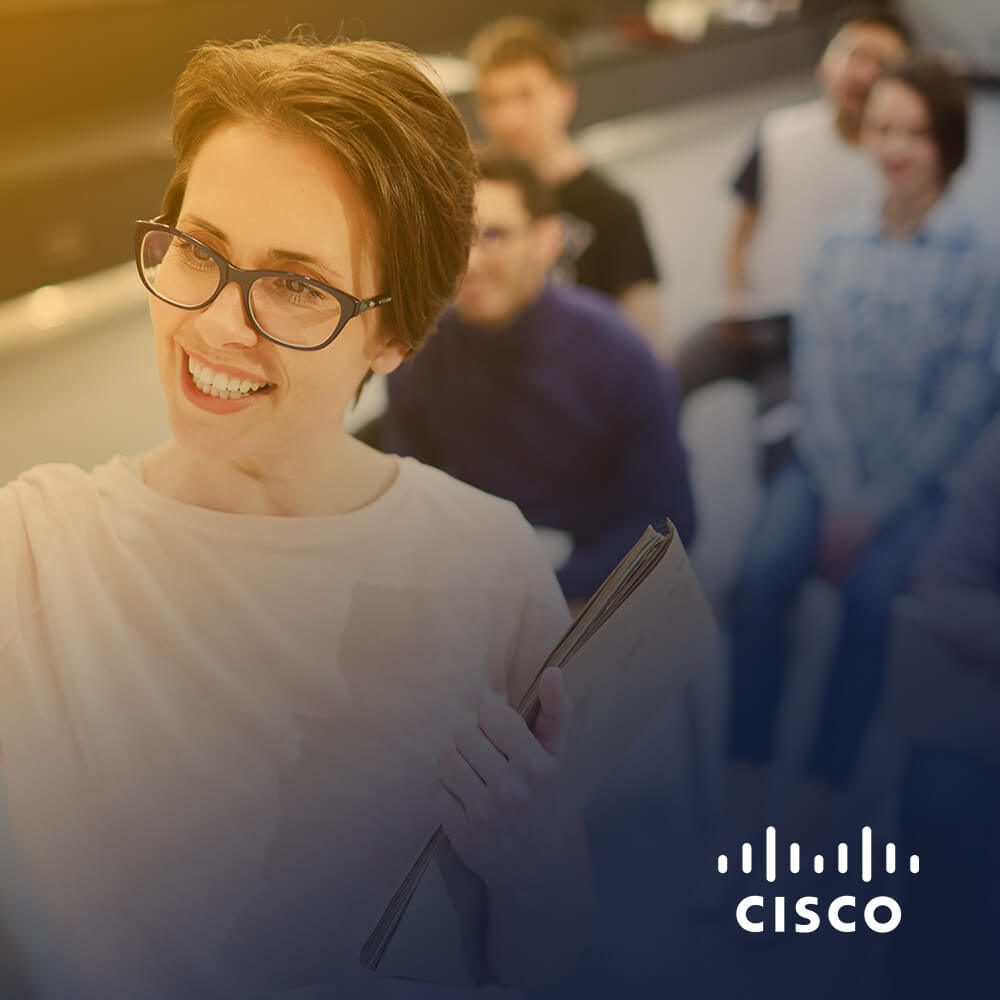

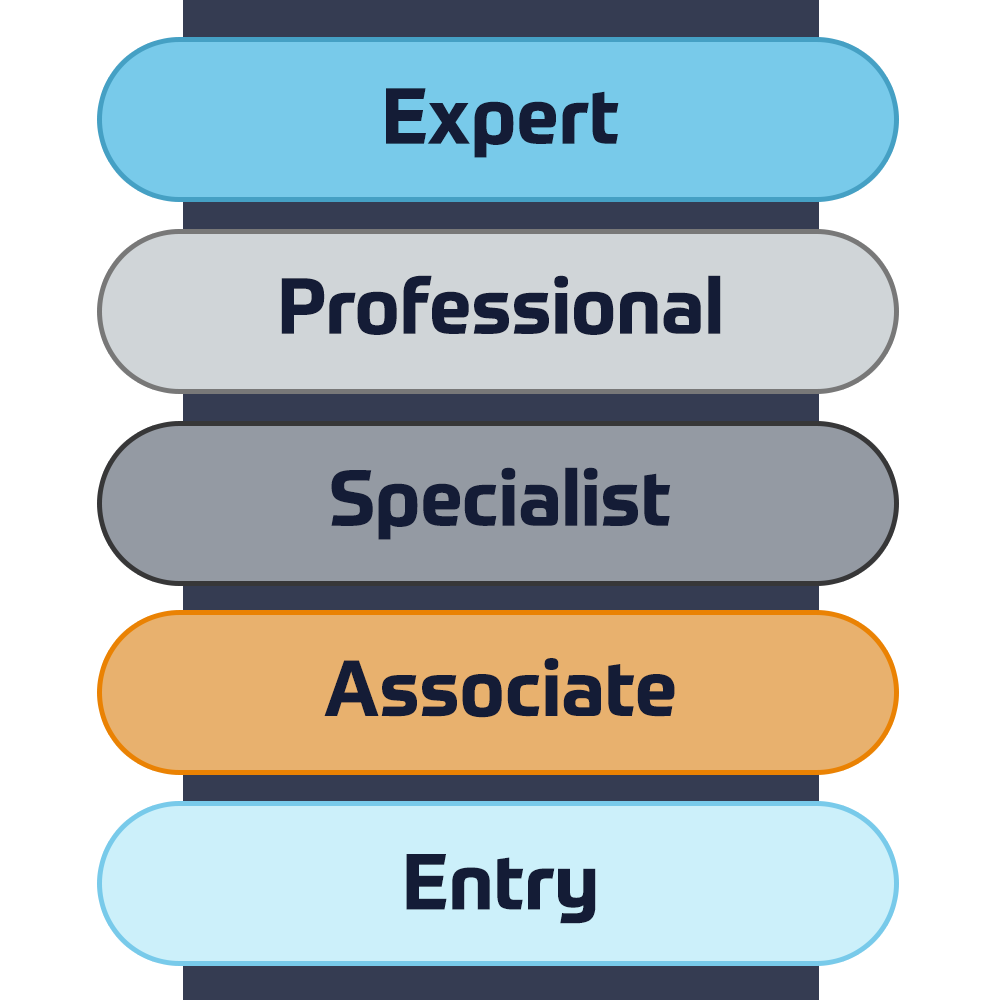

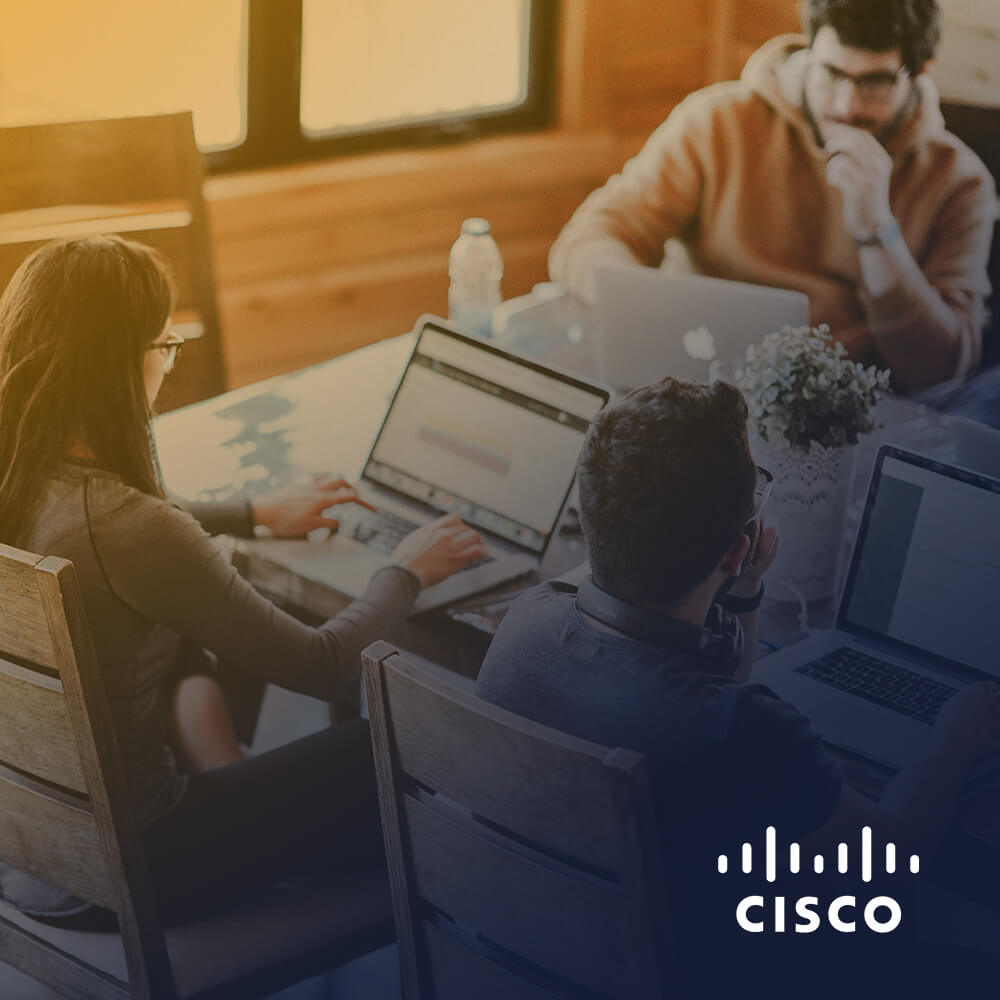


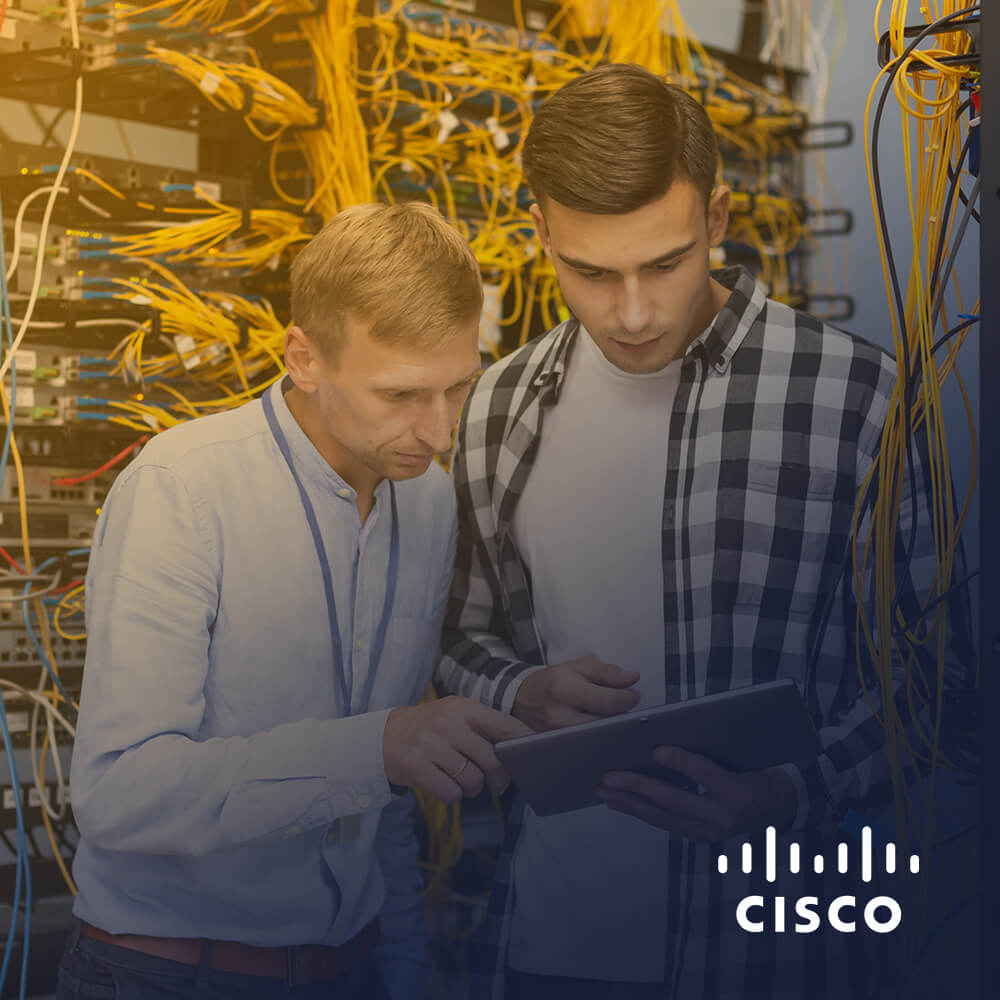
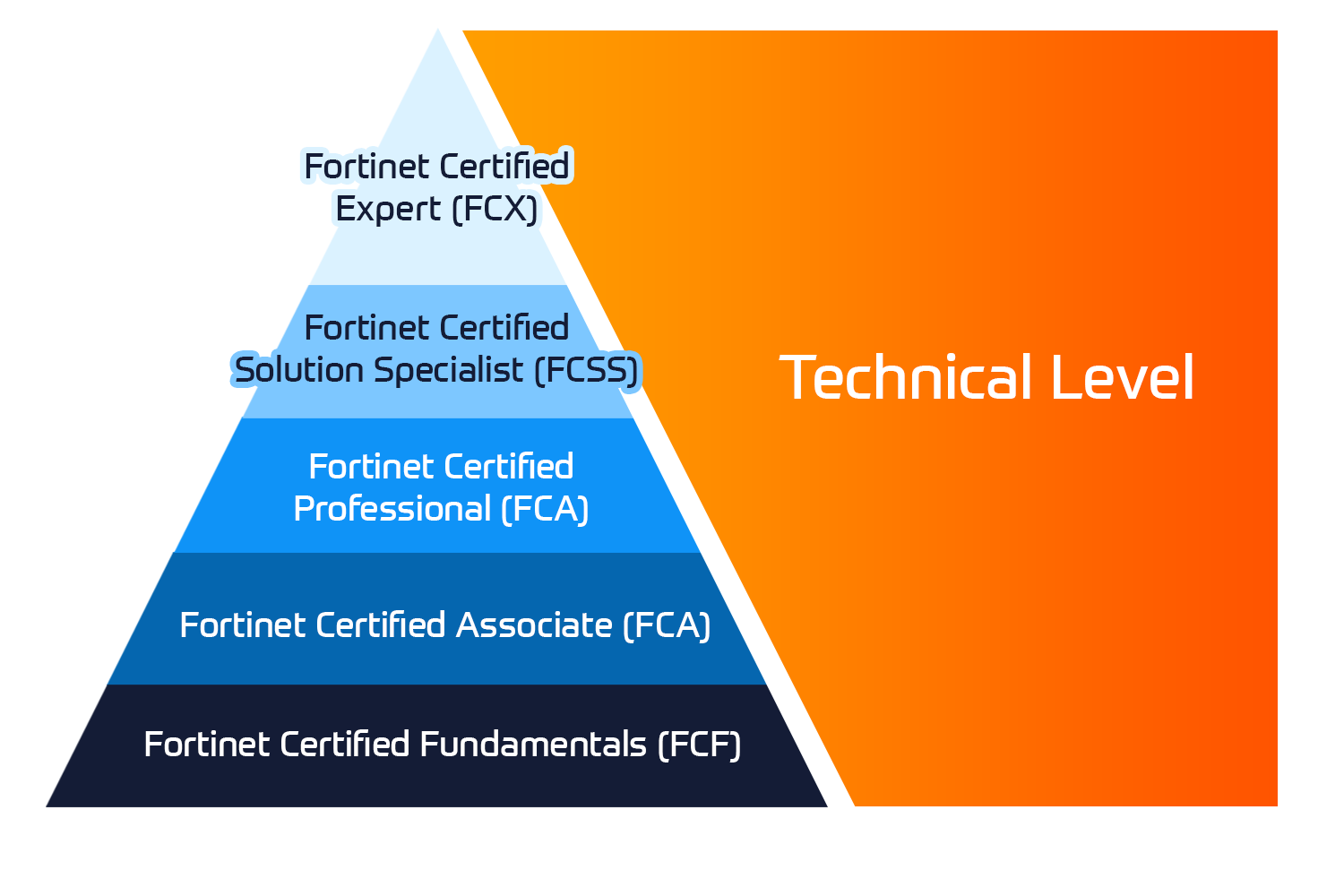



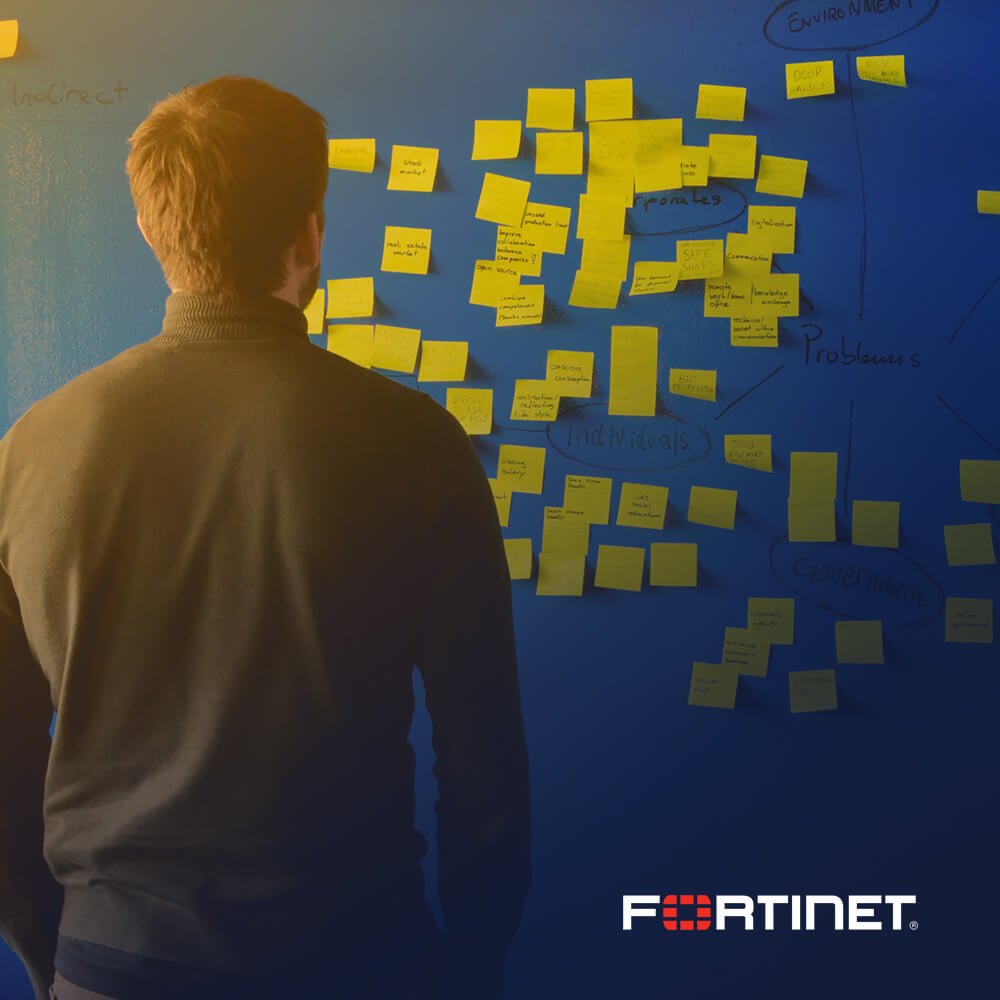
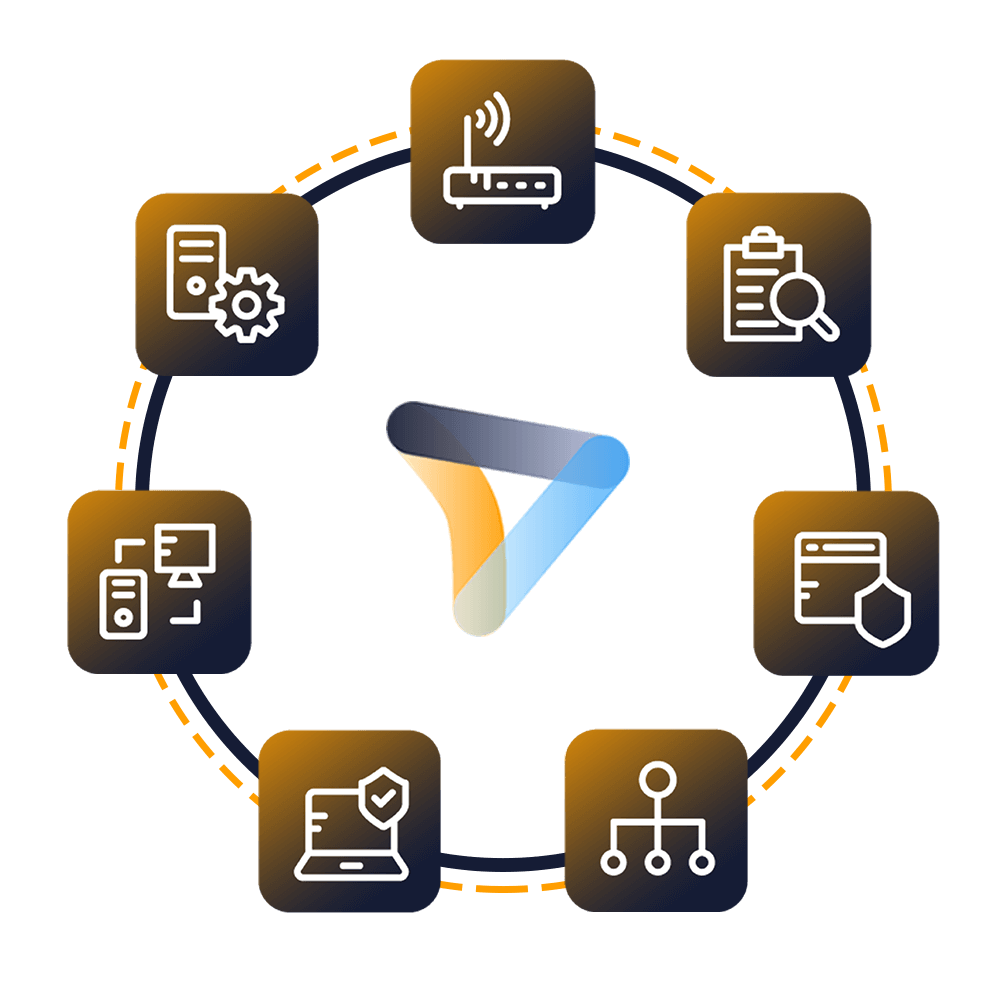



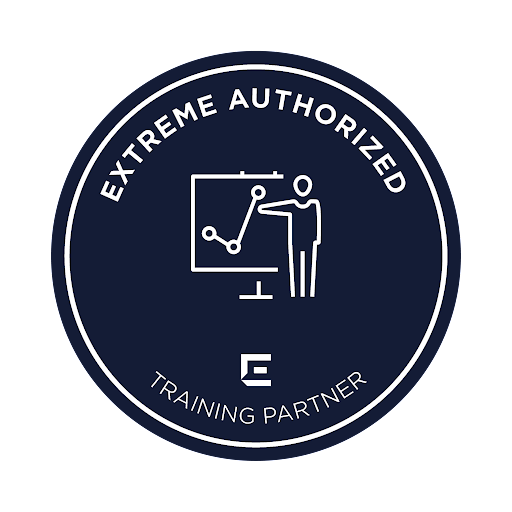












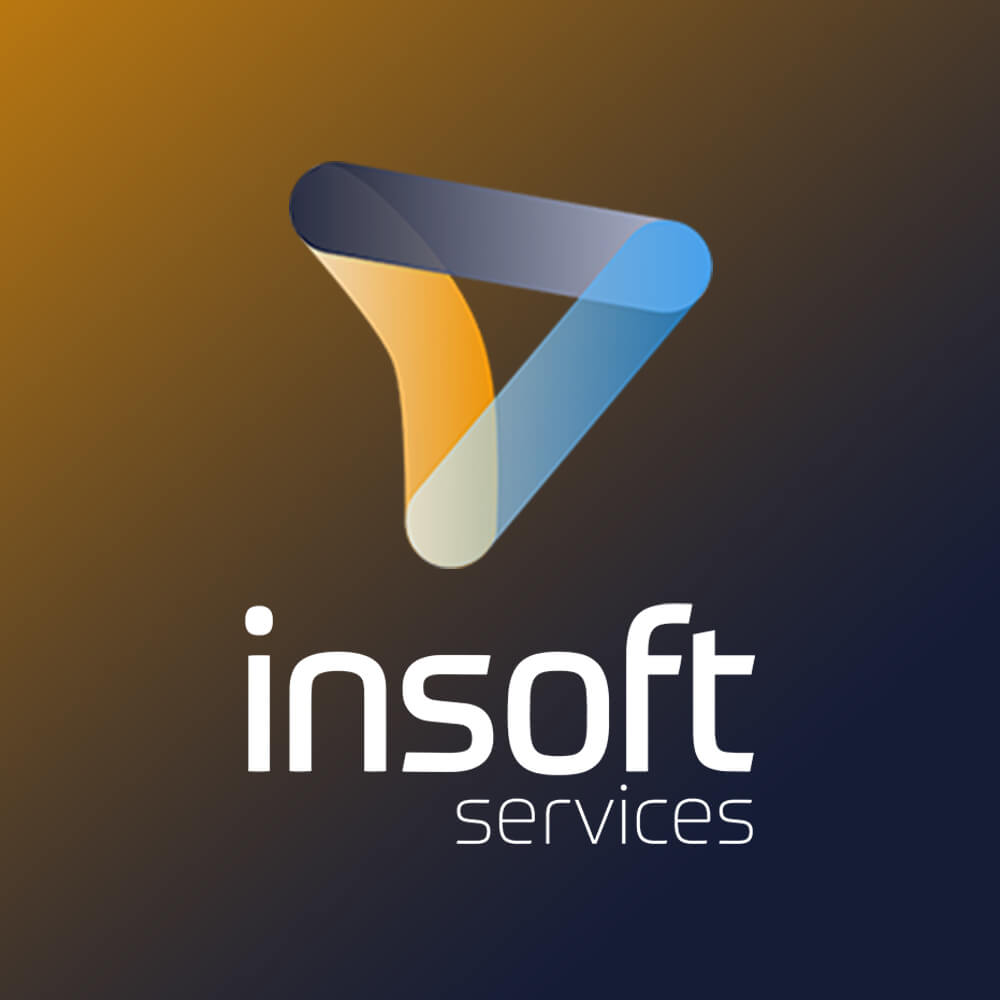


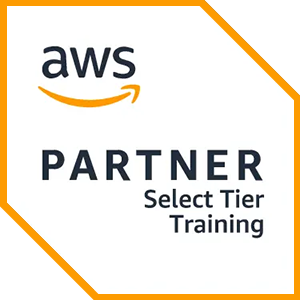
 Schedule a Free Consultation
Schedule a Free Consultation